
How USGA Tests Golf Equipment: Protocols Explained
The USGA tests golf equipment to ensure fairness and maintain the challenge of the game. Here's a quick overview:
- Tests cover clubs, balls, and other gear
- Aims to keep player skill more important than equipment
- Affects manufacturers, pro golfers, and amateurs
Key testing areas:
| Equipment | Main Tests |
|---|---|
| Drivers | Size, face springiness, twisting resistance |
| Irons/Wedges | Groove dimensions, shape |
| Putters | Face texture, alignment marks |
| Golf Balls | Size, weight, speed, distance, symmetry |
The approval process involves:
- Manufacturers submit equipment
- USGA conducts tests
- Decision made within 30-45 days
Rules are reviewed regularly, with major changes rare. This process shapes equipment design, sparking debates about balancing tradition with innovation in golf.
Related video from YouTube
USGA Equipment Rules

The United States Golf Association (USGA) sets rules for golf equipment to keep the game fair. These rules focus on golf clubs and balls, setting limits on their design and how they work.
Golf Club Rules
The USGA has rules for different parts of golf clubs:
| Part | Rule |
|---|---|
| Club Length | No longer than 48 inches (except putters) |
| Driver Head Size | No more than 460 cubic centimeters |
| Clubface | Can't have too much "spring" effect |
| Grooves and Marks | Must follow size and spacing rules |
Golf Ball Rules
Golf balls also have to follow strict rules:
| Feature | Requirement |
|---|---|
| Size | At least 1.680 inches across |
| Weight | No more than 1.620 ounces |
| Shape | Must be round and work the same way no matter how it's placed |
| Speed | Can't go faster than 250 feet per second in tests |
| Distance | Can't go farther than 317 yards in standard tests |
These rules help make sure golf stays a game of skill, not just about who has the best equipment. They keep the game challenging and fair for everyone.
Golf companies must get their equipment checked and approved before it can be used in official games. This helps make sure all golfers, from beginners to pros, play with similar equipment.
How Golf Clubs Are Tested
The USGA tests golf clubs carefully to make sure they follow the rules. These tests check different parts of the clubs to keep the game fair for everyone.
Driver Tests
Drivers get extra attention because they can hit the ball very far. The USGA looks at three main things:
- Clubhead Size: They measure how big the clubhead is.
- Face Springiness: They check how bouncy the clubface is.
- Twisting Resistance: They see how much the club twists on off-center hits.
| Test | What They Do | Limit |
|---|---|---|
| Clubhead Size | Measure volume | No more than 460 cc |
| Face Springiness | Use a pendulum | No more than 257 microseconds |
| Twisting Resistance | Check how it swings | No more than 5900 g·cm² |
Iron and Wedge Tests
For irons and wedges, the USGA focuses on the grooves:
- They measure how wide and deep the grooves are.
- They check how far apart the grooves are.
- They make sure the groove edges aren't too sharp.
They also look at the overall shape of irons to make sure they follow the rules.
Putter Tests
For putters, the USGA checks:
- Face Texture: To make sure it doesn't make the ball roll unfairly.
- Alignment Marks: To ensure they don't give too much help.
- Overall Shape: To check if it looks like a normal putter.
These tests help make sure that better scores come from player skill, not just from fancy equipment.
How Golf Balls Are Tested
The USGA tests golf balls to make sure they follow the rules. These tests keep the game fair for everyone.
Size and Weight Checks
The USGA measures golf balls carefully:
| Test | Requirement |
|---|---|
| Size | At least 1.680 inches across |
| Weight | No more than 1.620 ounces |
They use special tools to get exact measurements.
Speed Test
The USGA checks how fast golf balls can go:
- They use an air cannon to shoot the ball
- They measure how fast it bounces back
- The ball can't go faster than 250 feet per second
This test makes sure no ball is too fast.
Distance Test
The USGA tests how far golf balls can go:
| Test Type | How It's Done |
|---|---|
| Indoor | Uses a robot to hit balls |
| Outdoor | Real players hit balls on golf courses |
They set limits on how far balls can go to keep golf courses challenging.
Symmetry Check
The USGA makes sure golf balls fly the same way no matter how they're hit:
- They hit the ball on different spots
- They check if it spins the same way each time
- A ball that acts differently when hit in different spots doesn't pass
These tests help make sure that golf is about how well you play, not just about having the best ball.
Testing Other Golf Items
The USGA also checks other golf gear to make sure it follows the rules. This keeps the game fair for everyone.
Range Finders
Range finders help golfers measure distances, but they must follow certain rules:
| Allowed | Not Allowed |
|---|---|
| Distance measurement | Club selection advice |
| Slope calculation (practice only) | Wind speed measurement |
| Compass | Temperature reading |
The USGA tests range finders to make sure they only do what's allowed. Devices that do more than this can't be used in official games.
Tees and Markers
Tees and ball markers also have rules:
Tees:
- Can't be longer than 4 inches
- Can't show which way to hit
- Can't change how the ball moves
Ball Markers:
- No set size limit
- Must be small and thin
- Can't help with aiming
The USGA checks these items to make sure they don't give players an unfair edge. Companies must get approval before their tees and markers can be used in official play.
sbb-itb-ea6abd0
Equipment Approval Process
The USGA checks golf equipment to make sure it follows the rules. Here's how they do it:
1. Sending Equipment
Companies send their golf gear to the USGA with details about how it's made.
2. First Look
The USGA team checks if they have all the needed information.
3. Testing
They test the equipment using special tools. They check:
- If it follows the rules
- How well it works
- How long it lasts
4. Making a Decision
The USGA team looks at the test results and decides if the equipment is okay to use.
5. Telling the Company
They let the company know if their equipment passed or not, usually within 30-45 days.
| Item | Time to Approve |
|---|---|
| Simple (like tees) | A few weeks |
| Complex (like clubs or balls) | Up to two months |
Companies should send their new products early. This gives time for changes if needed.
The USGA can test equipment again later. If rules change or they find new information, they might say the equipment can't be used anymore. This helps keep golf fair for everyone.
How Often Rules Change
The USGA checks and updates its equipment rules regularly. This helps keep golf fair as new technology comes out.
The USGA looks at the rules every few years. But they also watch for new golf tech all the time. If they see something that might change the game a lot, they might change the rules sooner.
When the USGA thinks about changing rules, they:
1. Study: Look at new tech and how it affects golf
2. Ask: Talk to people who make golf gear and pro players
3. Suggest: Come up with new rules or changes
4. Listen: Let people give their thoughts on the new ideas
5. Decide: Make the final rules after hearing from everyone
The USGA tries to stay ahead of new tech, but they also want to give golf companies time to adjust. Big changes to the rules don't happen often. When they do, the USGA tells everyone early so they can get ready.
| Year | Major Rule Change |
|---|---|
| 2004 | Limits on driver head size and bounce |
| Since 2004 | Small changes to grooves and adjustable parts |
Golfers and companies should check the USGA website often. This helps them know about any new rules coming up. It's good to stay informed so there are no surprises about what gear can be used in games.
Effects on Golf Equipment Making
The USGA's testing rules shape how golf equipment is made. Companies that make golf gear must follow these rules when designing new products.
Here's how the USGA's rules affect golf equipment makers:
| Area | Impact |
|---|---|
| Design | Must stay within size and performance limits |
| Research | Focus on making better gear within the rules |
| Quality | Need careful checks to meet standards |
| New Ideas | Must find ways to improve without breaking rules |
| Sales | Make both rule-following and non-rule-following gear |
The USGA's rules create both problems and chances for golf companies:
-
Design Limits: Companies can't make clubs or balls that are too powerful.
-
Research Focus: They spend a lot of time and money finding small ways to make gear better while following rules.
-
Quality Checks: Companies must be very careful to make sure all their products meet the rules.
-
New Ideas: Some say the rules make it hard to create new things. Others think the rules make companies think harder about how to improve.
-
Different Products: Companies often make two types of gear: one that follows rules for tournaments, and one that doesn't for casual players.
Golf companies and the USGA often work together. Many companies talk to the USGA while making new products. This helps them avoid making gear that won't be allowed in games.
The USGA's rules affect how golf equipment is thought up, designed, and made. This keeps the game fair while still letting companies try to make better gear.
Debates About Equipment Rules
People in golf often argue about the USGA's equipment rules. These talks are about how the rules affect how players play and if they keep the game fair.
One big issue is balancing new tech with old golf challenges. Some people want stricter rules because they think:
- Better gear might make skill less important
- Limiting club and ball power keeps the game's old ways
- Success should depend on how well you play, not your equipment
Others want looser rules because they believe:
- New tech can make golf more fun for more people
- Better gear helps older players or those with health issues
- New equipment might get young people interested in golf
| For Stricter Rules | For Looser Rules |
|---|---|
| Keep skill important | Make golf more fun |
| Preserve old challenges | Help more people play |
| Focus on player ability | Attract younger players |
People also talk about how the rules affect money in golf. Some say:
- Tough rules might stop new ideas and hurt golf companies
- Rules make companies think hard about how to make better gear
There's also talk about having different rules for pro and regular players. This idea has good and bad points:
| Pros | Cons |
|---|---|
| Pros use harder gear | Might make the game confusing |
| Regular players get helpful tech | Could separate pro and regular golf |
The USGA has to think carefully about all these ideas. They need to keep golf's old ways while also letting it grow and change.
Conclusion
The USGA's testing of golf equipment helps keep the game fair. These tests make sure new technology doesn't make player skill less important. As golf gear gets better, the USGA must balance new ideas with old traditions.
In the future, the USGA might:
- Improve how they test new golf gear
- Think about different rules for pro and regular players
- Look at how to make golf gear in ways that are good for the environment
The USGA's careful testing and rule-making help keep golf's core values while letting equipment get a bit better. This helps make sure golf stays a game of skill and good sportsmanship for years to come.
Here's a quick look at how USGA rules affect golf:
| Area | Effect |
|---|---|
| Player Skill | Stays important |
| Equipment | Can improve, but within limits |
| Game Fairness | Maintained for all players |
| Golf Courses | Stay challenging |
The USGA's work helps keep golf a fun and fair game for everyone who plays.


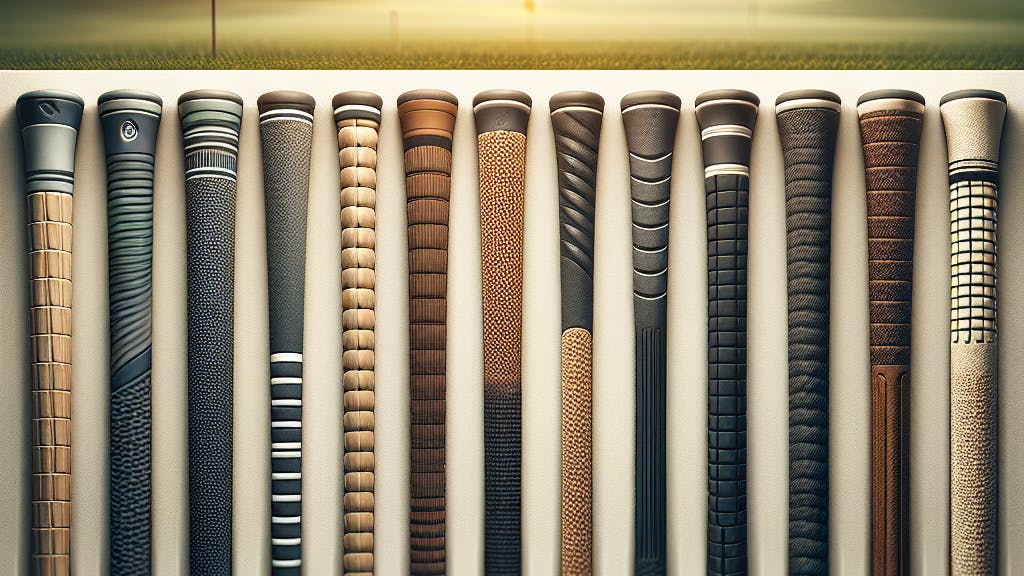
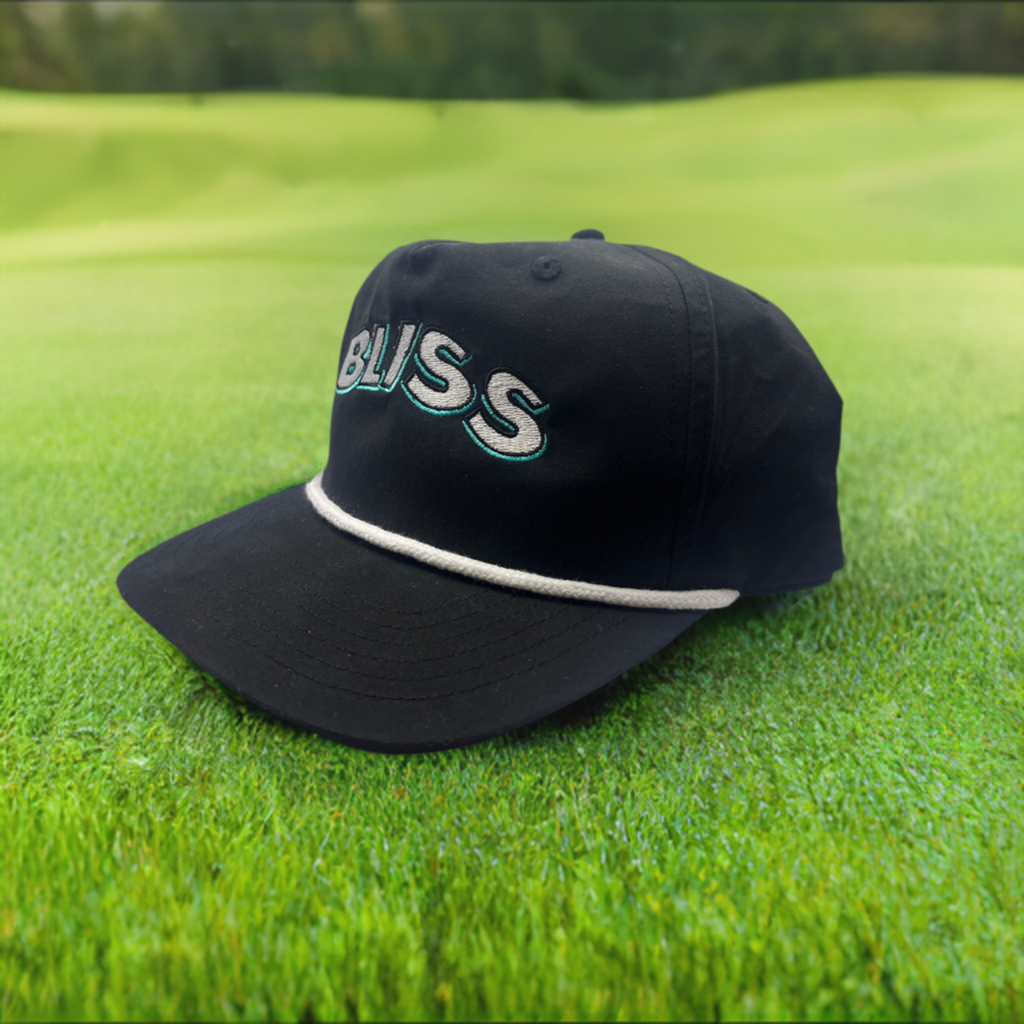
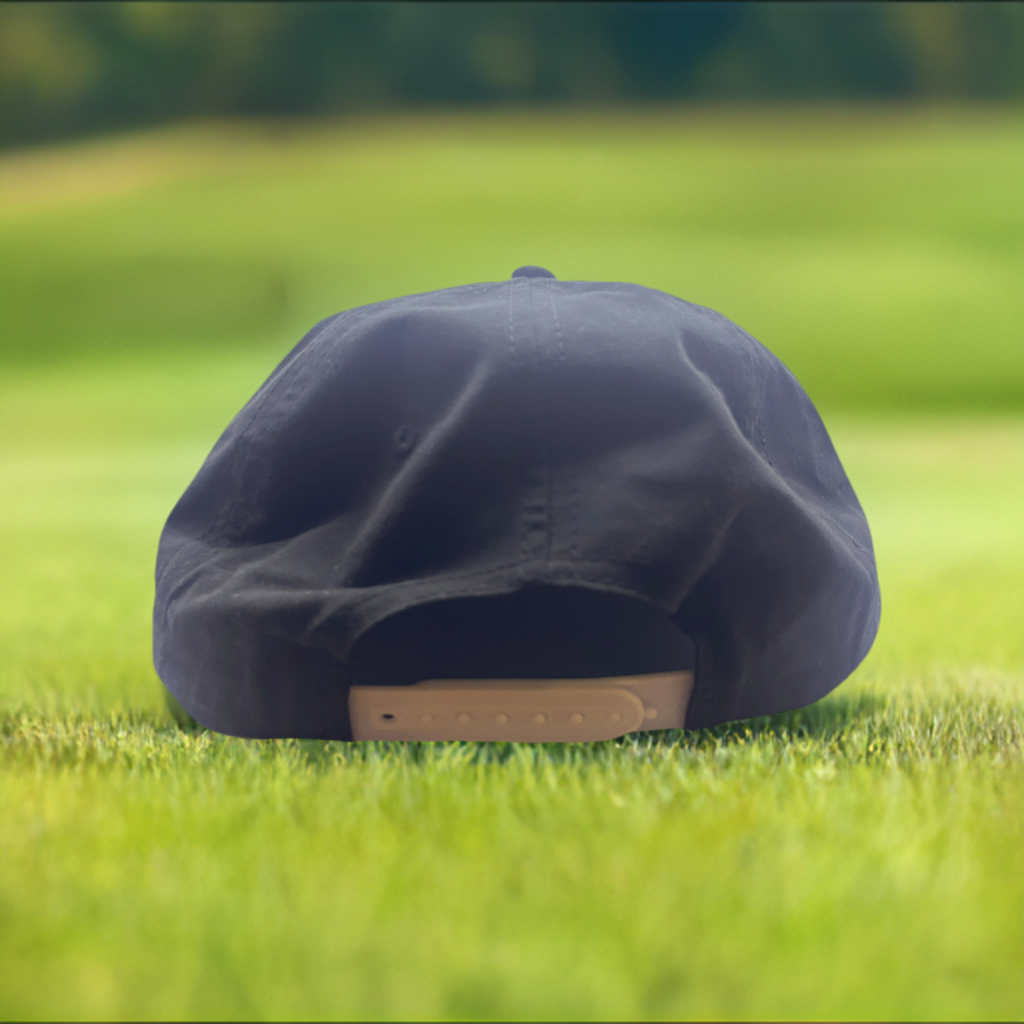
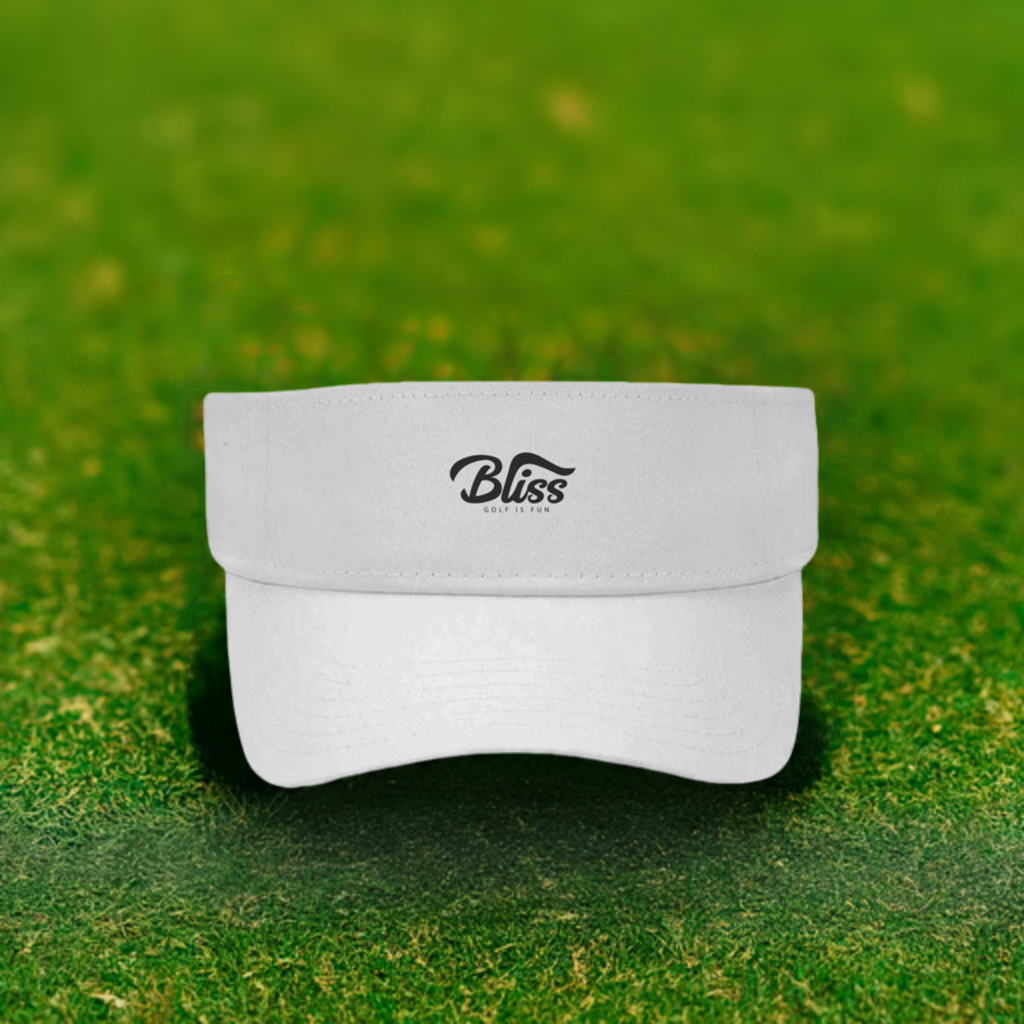

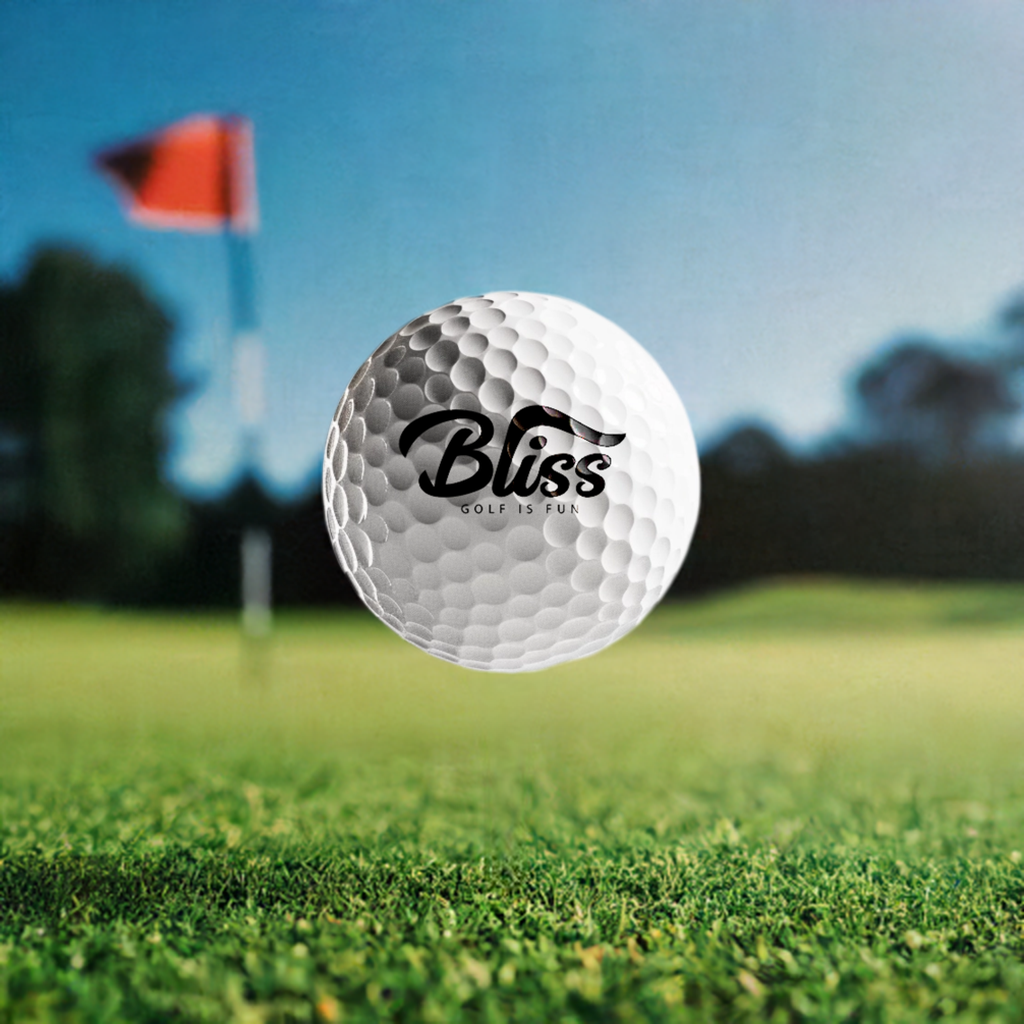
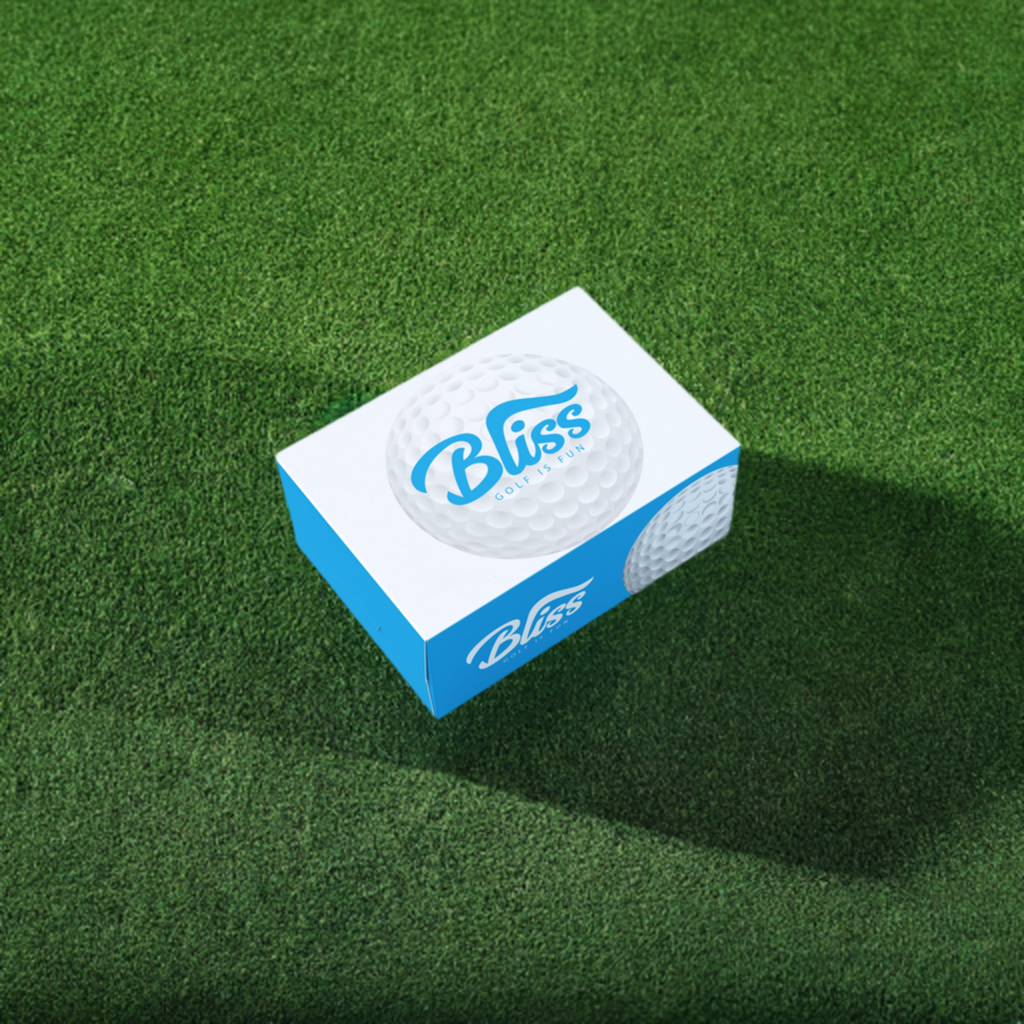

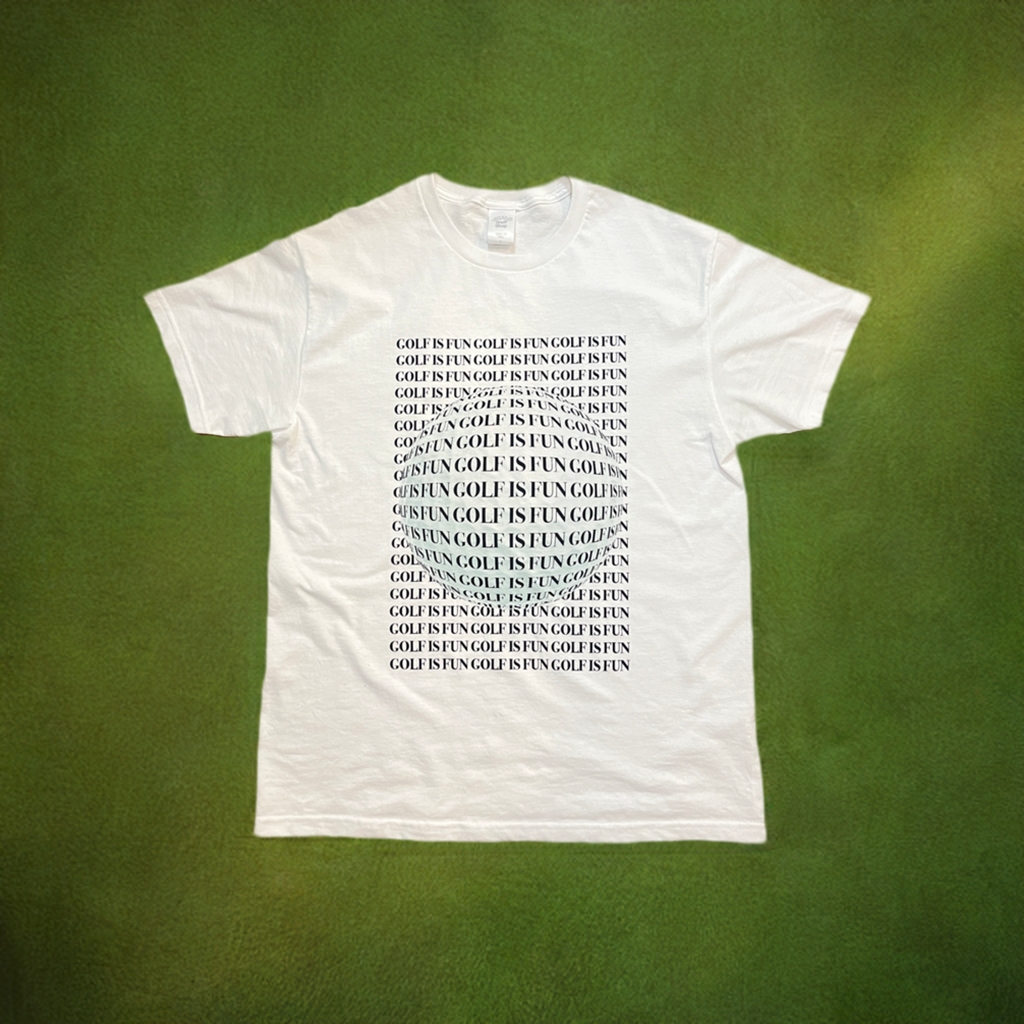
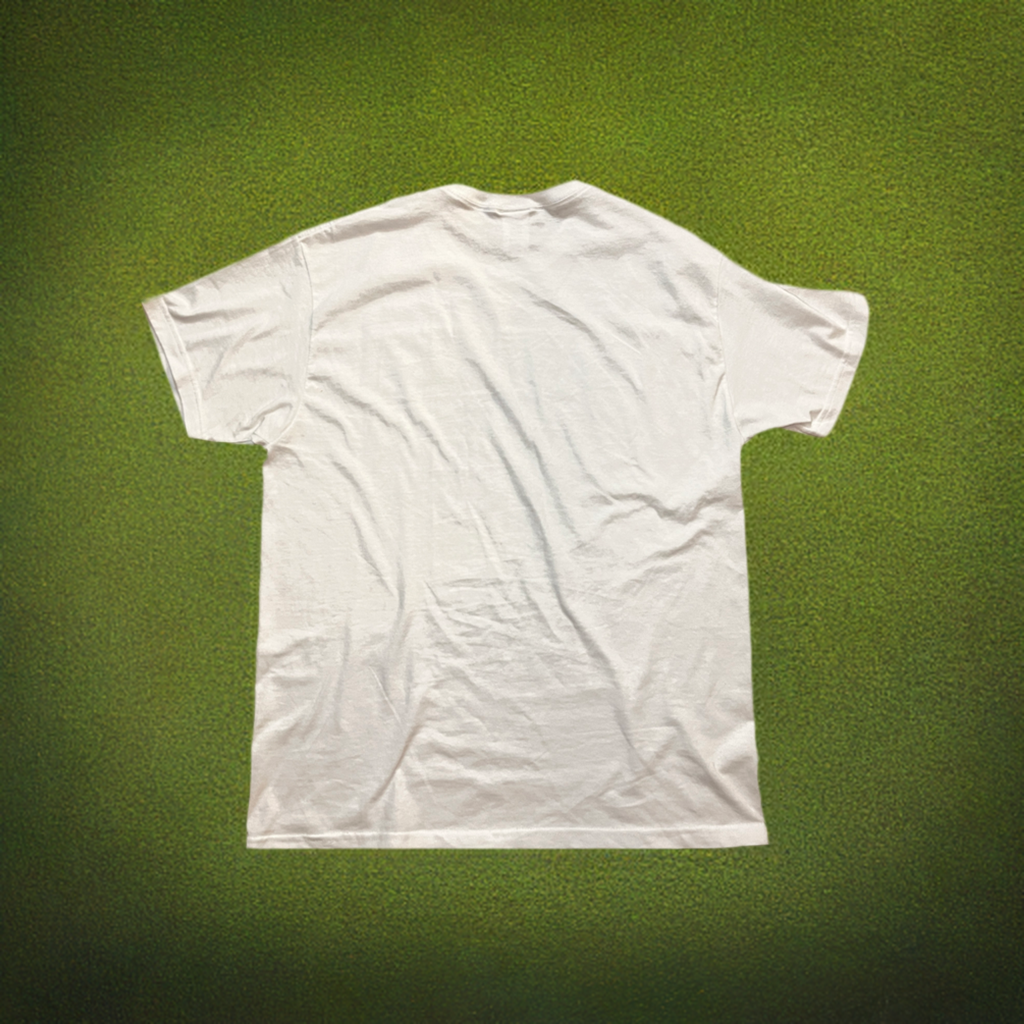

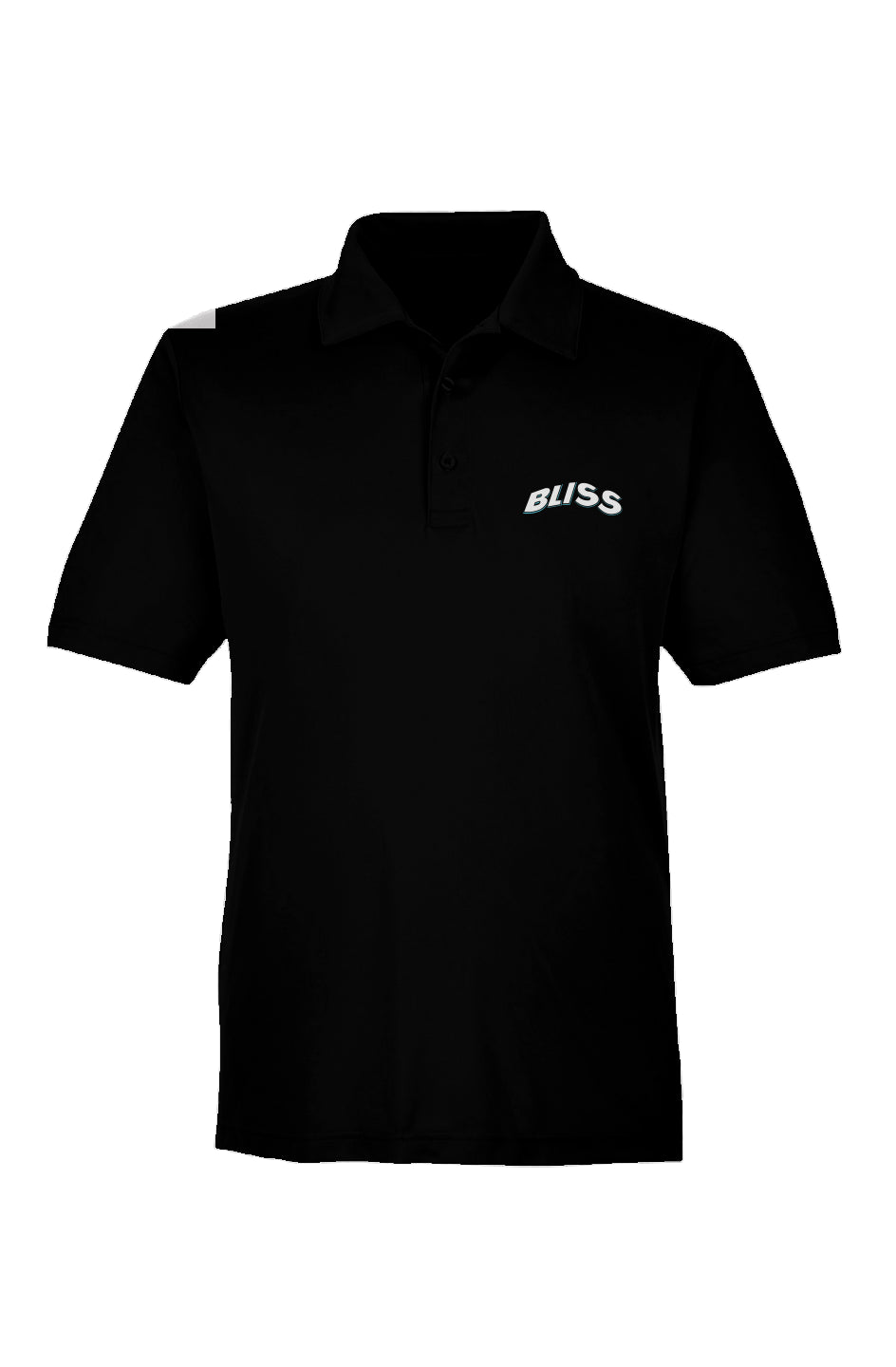


Leave a comment
This site is protected by hCaptcha and the hCaptcha Privacy Policy and Terms of Service apply.